As a person who has been in the steering rack industry for 5 years, I heard that there are some people who still have a vague concept of steering gear, so I collected and organized the information for two days and summarized them to write this article today, hoping to solve your problem.
As we all know, the power steering rack, also named rack and pinion or steering gear, is an important part of our cars.
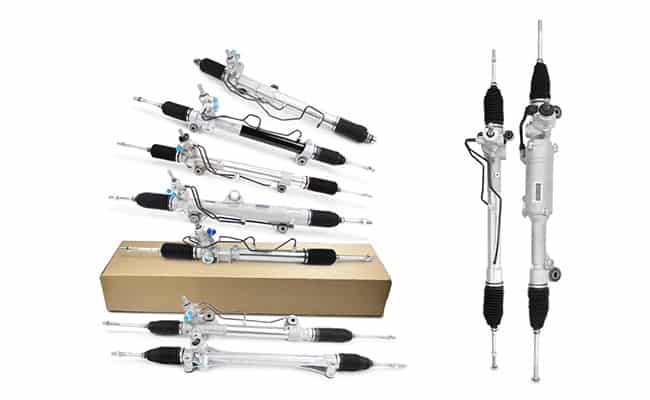
First of all, Let's get to know what is a power steering rack?
A steering rack is a machine that helps us to exert force while we are steering, so as to reduce our steering force and achieve the purpose of driving with ease and convenience. We mainly divided the steering racks into the rack and pinion type steering and worm gear type steering. There are roughly three power steering gears on the market: manual power steering, rack, pinion hydraulic power steering, and electrical power steering.
Do you know what type of steering rack you use on your car?
Why does our car use the power steering? The energy required to steer a car with a power steering system, under normal circumstances, only a small part is the physical energy provided by our human beings, while most of it is the hydraulic energy (or pneumatic energy) provided by the oil pump (or air compressor) driven by the engine (or motor).
Used to the engine (or motor) output part of the mechanical energy into pressure energy, and under the control of us, the steering gear or steering rack in a different direction of the hydraulic or pneumatic force to help us to apply insufficient force to a series of parts, known as power steering.
Let's get to know how does steering gear works?
First, The electric motor power steering is that the electric motor underneath the steering wheel starts when we turn the wheel.
Then, Rack and pinion power steering is a hydraulic pump next to the engine, and the engine drives the pump.
However, Electro-hydraulic power steering is a combination of the first two and is the best steering power device on the market today.
The structure of the steering booster is very complex, the average person can not repair it, the usual maintenance is in place, and it is not easy to break. so you need to care about the steering booster maintenance.
So, I have some tips for you: The first is that you should always check the oil in the oil cup, which can not be lower than the lower limit of the dipstick. If the booster loses oil, the pressure pump may be scrapped. the second is to change the oil regularly, and the third is that you can not beat the direction. the last is that try not to hit the direction in place.
If you drive the truck, something you need to know is that power from the engine, the truck has no other way to help, only the hydraulic booster pump, generally installed in the flywheel housing, driven by the crankshaft hydraulic pump. There are also installed in front of the engine, driven by the belt, but this is generally modified.
The power steering system is composed of a set of power-assisted devices added to the mechanical steering system. The steering oil pump 6 is mounted on the engine, driven by the crankshaft through the belt, and outputs hydraulic oil outward. The steering oil tank 5 has inlet and outlet fittings, which are connected to the steering oil pump and steering control valve 2 through the oil pipe respectively. The steering control valve is used to change the oil circuit. The mechanical steering and the cylinder form two working chambers on the left and right, which are connected to the steering control valve through the oil channel respectively.
When your car is running in a straight line, the steering control valve 2 connects the working fluid pumped out by the steering oil pump 6 to the oil tank, and the steering oil pump is in the unloading state, and the power steering does not have a boosting effect. When the car needs to turn to the right, your turn the steering wheel to the right, and the steering control valve connects the working fluid pumped by the steering oil pump to the R cavity and the L cavity to the oil tank, under the action of oil pressure, the piston moves downward and deflects the left and right wheels to the right through the transmission structure, thus realizing right steering. When steering to the left, the situation is the opposite of the above.
If you are still confused after reading, you can click on the video we prepared for you above for further understanding. I hope you like this article and I would be very happy if you can share it with more people to see it. I'll keep updating it, and if you want to learn more about it, you can also comment to me and I'll refer to it! Thanks again for reading!
(We do not share your data with anybody, and only use it for its intended purpose)
The Previous Articles:
What Is Rack and Pinion Bushing? How To Tell If Rack and Pinion Bushings Are Bad?
Why Steering Rack Makes Noise When Turning?
How To Rebuild A Steering Rack?
What Is A Rotary Valve Power Steering Rack?
Rack And Pinion System Vs Power Steering System: What Are The Differences?
Power Steering Rack Market Analysis Report (Japan Market)
What Causes Steering Rack to Go Bad?
Design Of Car Rack And Pinion Steering Racks
What Is The Intelligent Steering Rack Used By VW, Toyota, Honda And Renault?

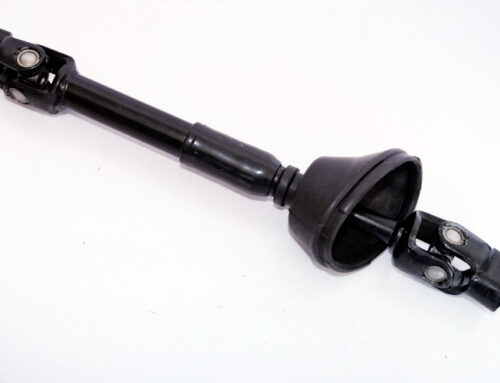
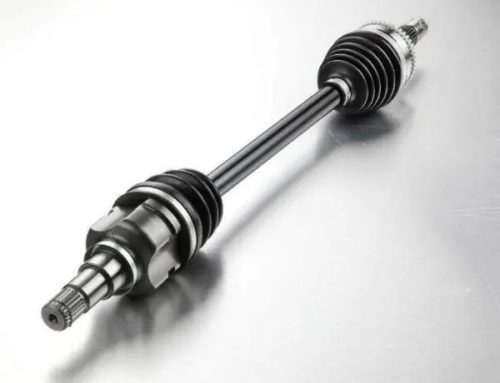
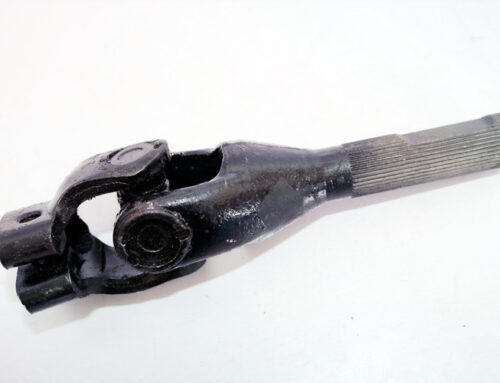
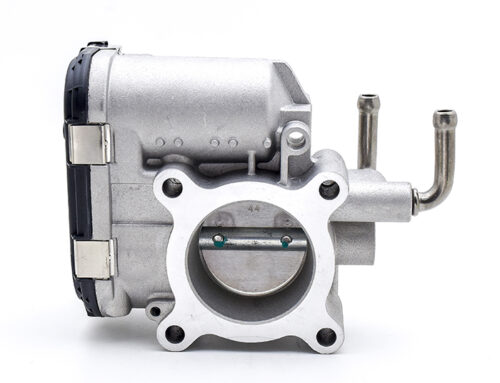
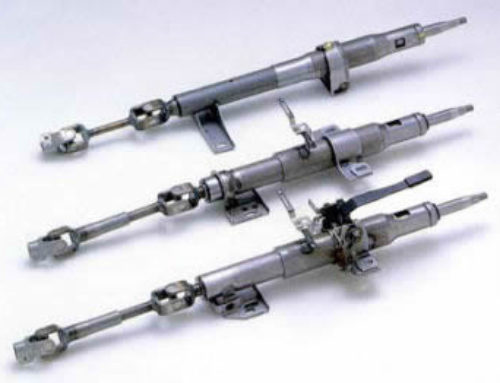
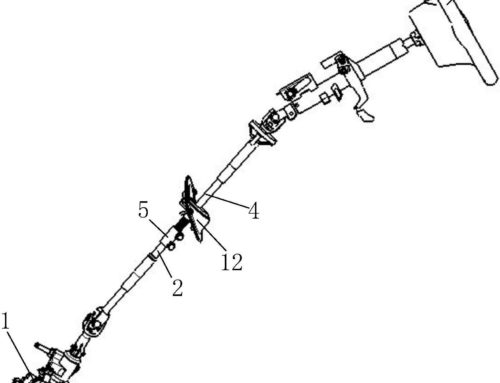
Leave A Comment